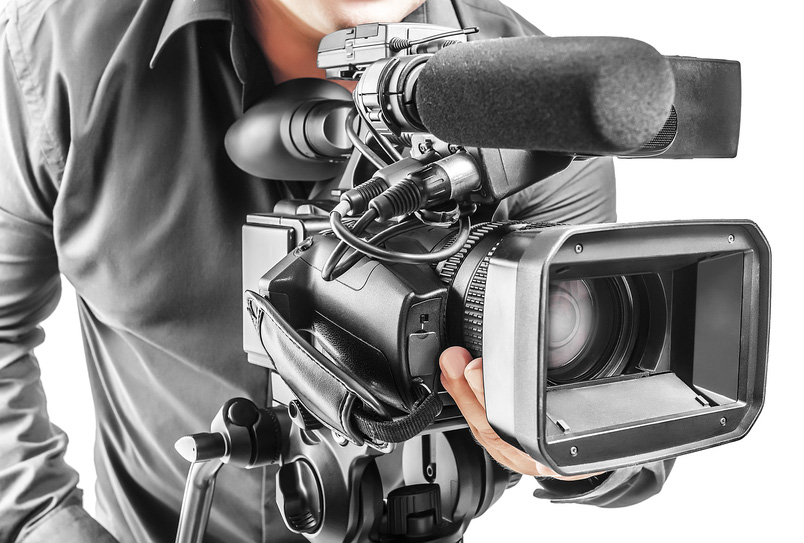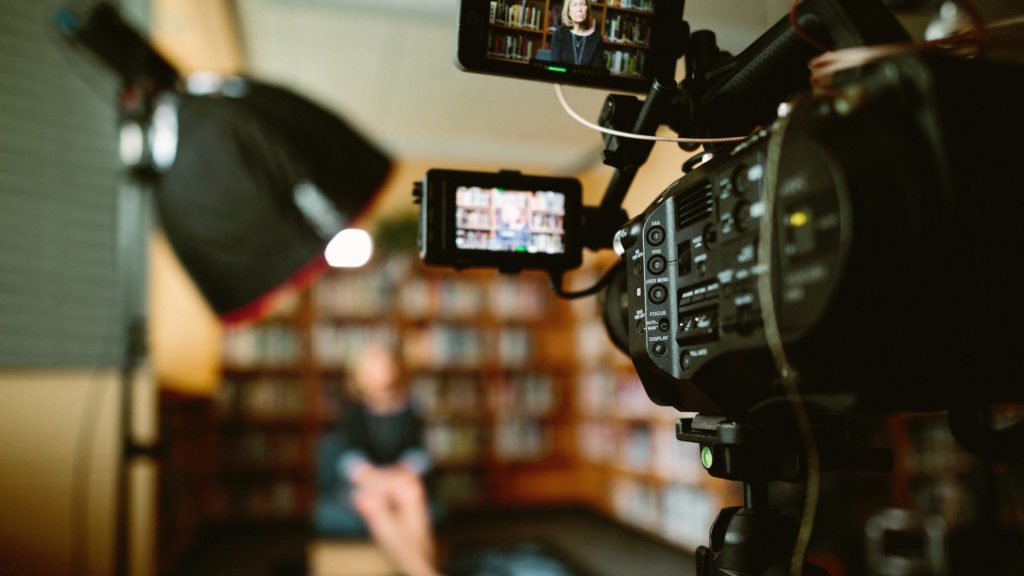Legal Videography: A Comprehensive Overview to Recording Depositions
Comprehending the Relevance of Videography in Legal Proceedings
The combination of videography into lawful proceedings has actually emerged as a significant consider the discussion and interpretation of proof. By recording aesthetic components such as body movement and faces, videography improves the narrative surrounding witness testimonies and can exceptionally influence jury assumptions. As the lawful landscape progresses, understanding its effects on credibility and clearness ends up being necessary for attorneys. What best practices should be adopted to optimize its effectiveness, and just how might future improvements improve this essential facet of the judicial process?
Duty of Videography in Proof
Videography plays a significantly crucial duty in lawful procedures, offering as an effective medium for presenting evidence. The assimilation of video clip recordings into the lawful structure enables for a much more vibrant depiction of truths, allowing jurors and courts to imagine events as they transpired. This visual documents can encompass a variety of materials, consisting of monitoring footage, taped witness testimonies, and specialist demos, all of which can considerably improve the evidentiary landscape.
Among the primary benefits of videography is its capacity to capture nuances that may be shed in written accounts. Faces, body language, and situational context can give essential insights, assisting to communicate feelings and purposes that message alone can not. Furthermore, making use of video clip proof cultivates an extra appealing courtroom experience, possibly assisting jurors in comprehending complex instances.
As technology developments, the top quality and access of videographic proof have actually enhanced, making it an indispensable component of contemporary legal practices. Courts increasingly recognize the worth of video as a trustworthy resource of info, motivating legal experts to adjust their strategies for proof discussion. Eventually, videography offers not just to highlight truths but additionally to enhance the overall integrity of the judicial procedure.

Enhancing Reliability and Quality
A significant advantage of including videography in lawful procedures is its ability to boost both reputation and quality of proof offered in court. Videographic evidence can record subtleties that created files might ignore, such as tone, body movement, and context. This graph enables courts and courts to much better understand the scenarios surrounding the instance, thus cultivating an extra accurate understanding of the occasions concerned.

Furthermore, the clarity paid for by videography lowers the likelihood of false impression that can emerge from textual summaries. This accuracy is particularly critical in intricate situations, where details can be easily misinterpreted. Eventually, by presenting proof in an aesthetically available layout, videography not just reinforces the stability of the judicial process but also supports enlightened decision-making by those associated with lawful process.
Effect On Court Understanding
The incorporation of videographic proof dramatically influences jury perception, commonly leading to extra engaged and notified considerations. Jurors are generally much more responsive to aesthetic information, which can enhance their understanding of complex instances. Videography provides truths in a manner that is both compelling and easily accessible, allowing jurors to attach with the evidence on an extra personal degree.
Furthermore, the capability to witness occasions as they took place can evoke emotional actions that created records or verbal testimonies may stop working to evoke. This psychological engagement can lead jurors to form more powerful point of views concerning the credibility of witnesses and the total story of the case. The aesthetic representation of evidence likewise assists in making clear obscurities, making it simpler for jurors to comprehend the context and importance of the information presented.
Additionally, videography can offer as a powerful device for narration, making it possible for attorneys to construct a convincing narrative that resonates with the court. When jurors can visualize situations and witness essential moments, their capacity to intentional thoughtfully and reach a knowledgeable judgment is considerably enhanced, ultimately influencing the end result of legal procedures.
Ideal Practices for Legal Videography
Applying best practices in lawful videography is essential for ensuring that visual evidence is both effective and reliable in the courtroom. Pick competent experts who specialize in legal videography to make sure the technical quality of the recordings. This consists of utilizing high-resolution cameras and expert sound equipment to record clear visuals and noise.
Second, preserve correct paperwork throughout the recording process. This entails developing an in-depth log that consists of timestamps, visit homepage summaries of the web content, and the identities of all people present. Such paperwork can bolster the credibility of the video.

Furthermore, take into consideration making use of appropriate editing techniques. While it is important to maintain the initial content, minor modifications for clarity-- such as enhancing audio degrees-- can boost the general discussion without modifying the material.
Future Trends in Legal Videography
As legal videography remains to evolve, emerging technologies and methodologies are forming the future landscape of visual evidence in the court (Legal Videography). One substantial trend is the combination of high-definition and 4K video clip quality, boosting the clearness and detail of tape-recorded testaments and proof. This enhanced resolution aids jurors in comprehensively evaluating the credibility of witnesses and the nuances of today materials
Furthermore, using man-made intelligence (AI) in video clip analysis is gaining grip. AI devices can assist in recognizing essential minutes in video footage, generating transcripts, and even evaluating non-verbal communication, which gives much deeper insights into witness reputation. Additionally, digital reality (VIRTUAL REALITY) and augmented reality (AR) are positioned to revolutionize just how proof is provided, allowing jurors to submerse themselves in crime scenes or scenarios, consequently cultivating an extra extensive understanding of the context.
Conclusion
In summary, videography works as an essential tool in legal process, enhancing the presentation of evidence and improving the overall understanding of instances. By capturing non-verbal signs and bolstering the reliability read here of witness accounts, videography dramatically affects jury understanding and decision-making processes - Legal Videography. Abiding by finest practices makes sure the performance of lawful her response videography, while emerging trends assure to additional boost its duty in the judicial system, eventually promoting a more educated and involved legal setting
Videography plays a significantly crucial duty in lawful proceedings, offering as a powerful tool for presenting evidence.A significant advantage of including videography in lawful procedures is its capacity to enhance both integrity and clearness of proof offered in court. Eventually, by providing proof in an aesthetically accessible format, videography not just strengthens the integrity of the judicial process but also supports educated decision-making by those involved in legal procedures.
In summary, videography serves as an important device in lawful proceedings, enhancing the presentation of evidence and improving the total understanding of instances. Legal Videography. Adhering to ideal practices makes certain the effectiveness of legal videography, while emerging fads guarantee to more increase its duty in the judicial system, inevitably fostering a much more informed and involved legal environment